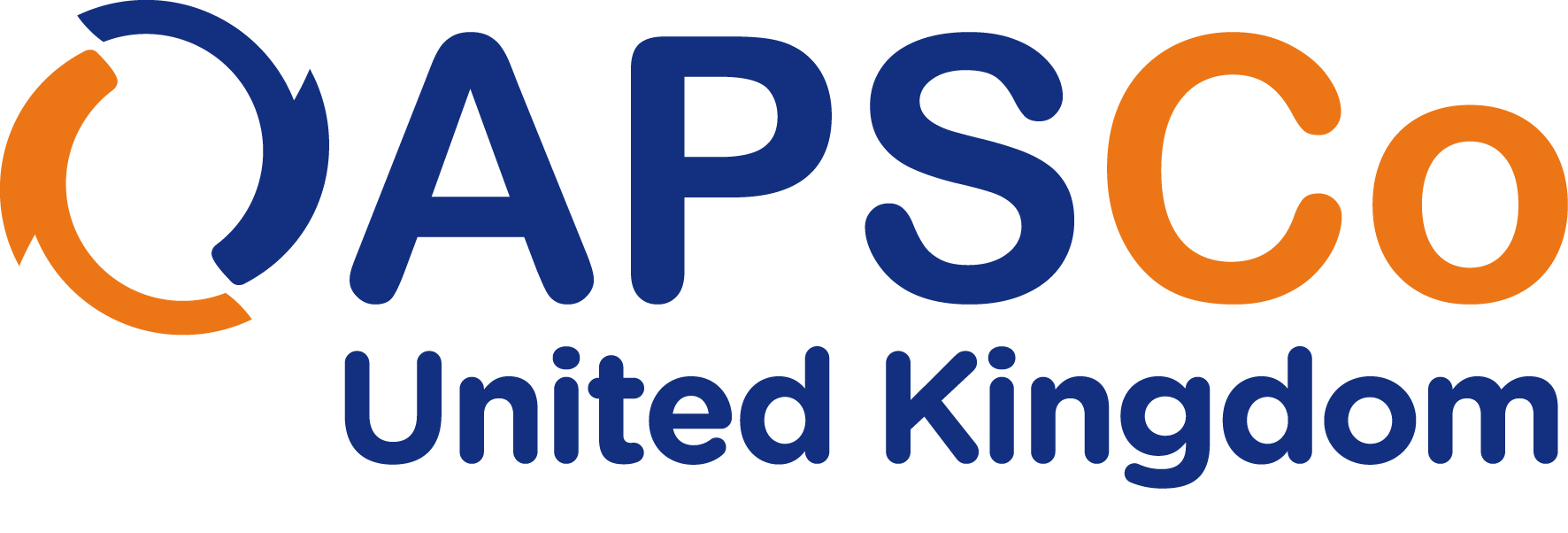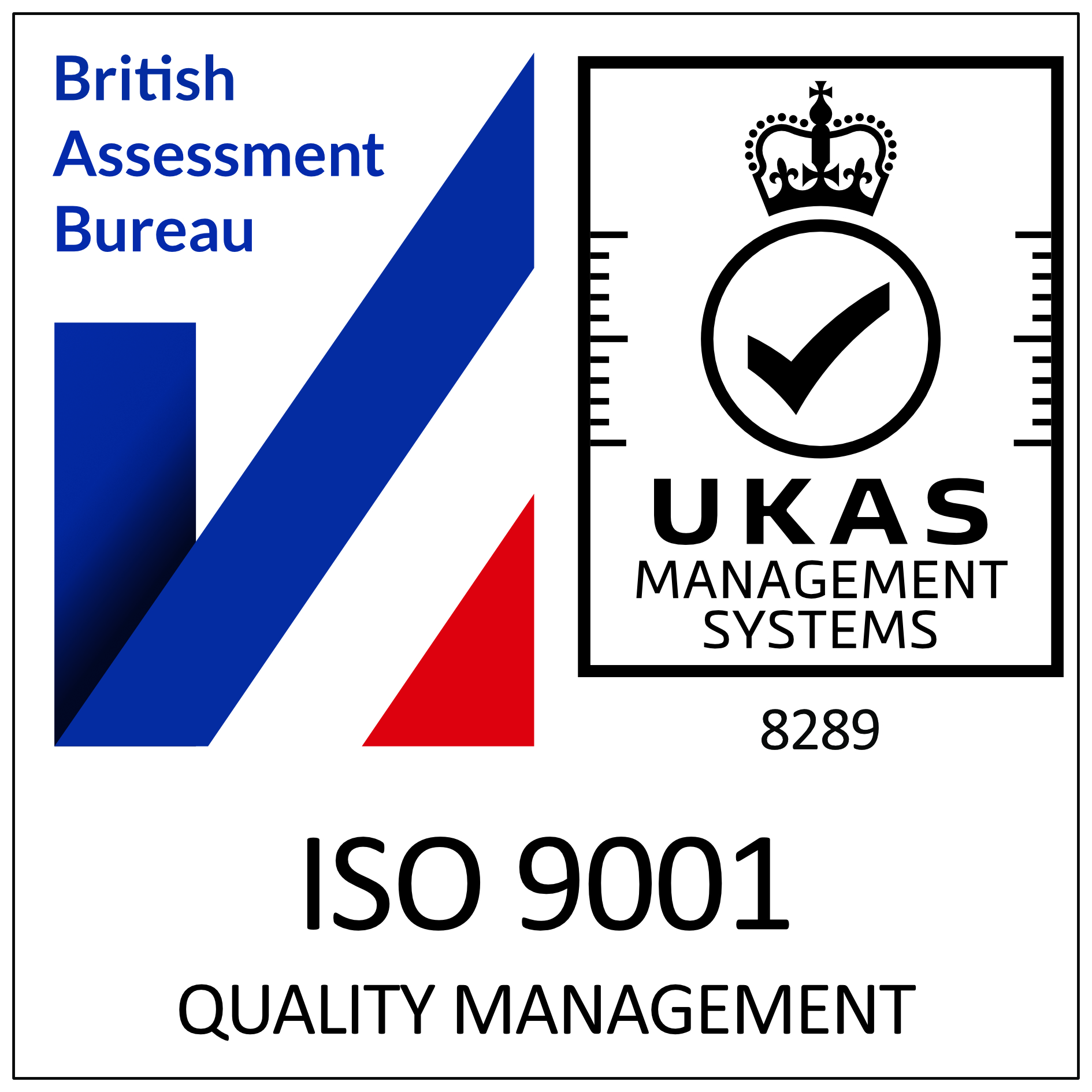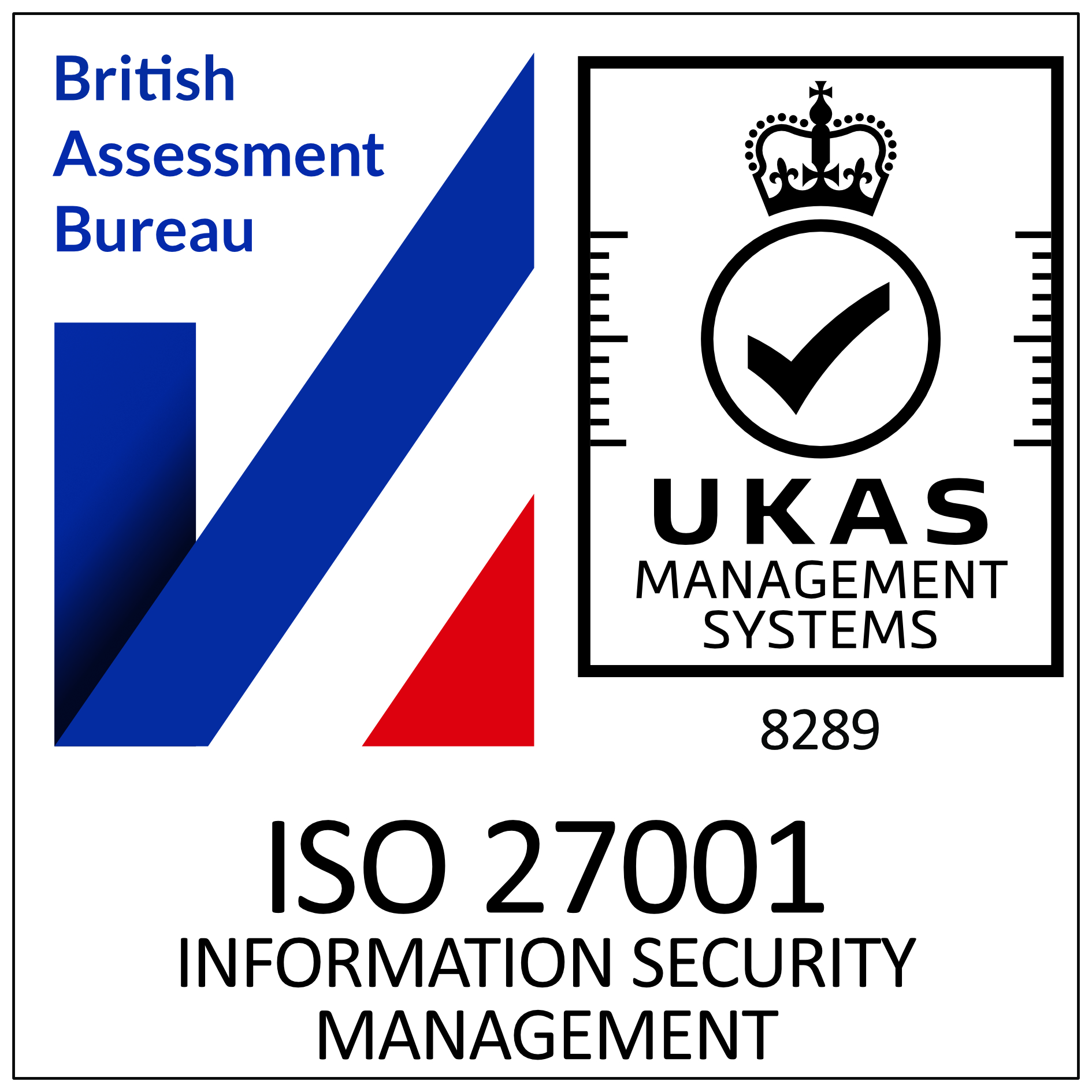
In a competency-based interview, you will be asked questions to establish whether you are competent at specific tasks. To answer these questions effectively you need to be able to provide concrete examples.
The interviewer is looking for a scenario to demonstrate past experiences and how you deal with certain situations. They want to know what you HAVE done rather than what you would/could/should have done in any given situation.
Always talk about yourself when describing these scenarios and don’t use the terms we, us and they. Instead, always use ME and I.
Below, we have listed 5 examples that cover the core set of competencies that are typically looked for in a competency-based interview. These can be related to any industry. The competency examples will often be worded differently in the interview, so be sure to prepare a related answer to each example to cover the most common competency questions.
Example Competency Style Questions at Interview:
- Example of working to a strict deadline
- Example of working on your own initiative
- Example of dealing with conflict
- Example of not hitting target and how you turned it around
- Example of a target – this does not have to be sales target it could be a project or set task you have been assigned.
These examples should be answered in the form of a story with a start, middle, and end to ensure you get all the information across. To achieve this, a good technique to use is STAR.
Of course, there will always be an exception to the rule but the below STAR technique will help you to not only prepare for the example questions, but also any that you weren’t expecting.
The STAR Technique
S (Situation) Who were you working for? What did you do? What was the scenario?
T (Task) What action needed to be accomplished to resolve the situation?
A (Action) Describe in as much detail as possible everything you did to deal with that scenario. Don’t generalise or go off course, instead give only specific and relevant information. Keep to the facts that demonstrate what you did. As mentioned before use ‘I’ not ‘us’.
R (Results) The outcome. There are always 3 outcomes: 1 for the business, 1 for the customer and 1 for you.
By structuring your examples in this way, there is less need for the interviewer to ask additional questions to gain the information they are looking for. Remember, don’t use one-word or closed answers, and always back your points up with an example.
Other Points to Remember:
- First impressions count! So be the polite and courteous person you are right from the moment you step into the building.
- Where possible, a firm handshake and good eye contact can help build rapport. Of course, we recognise that for neurodiverse candidates this can be a challenge. We can provide further help to support you.
- Always accept the glass of water when offered. This allows a moment to think of an example while taking a drink.
- If you don’t understand the question, ask for clarity so you can be sure that the example that you are providing is aligned with what the interviewer is expecting.










